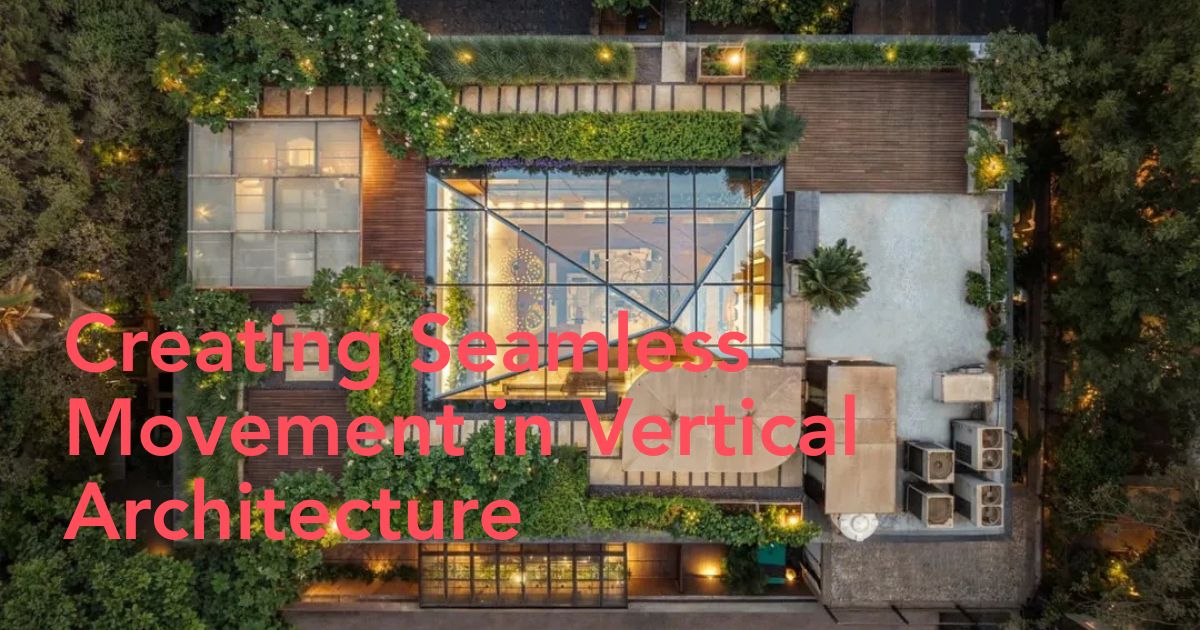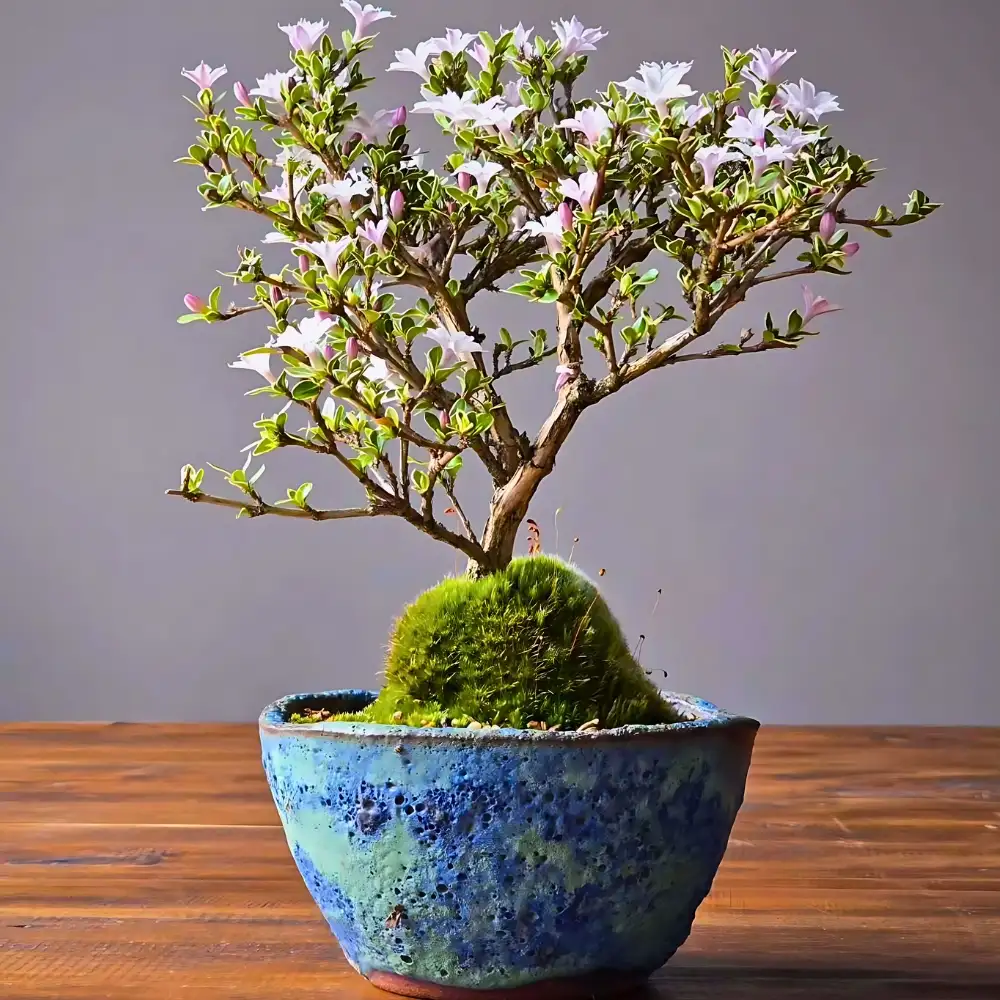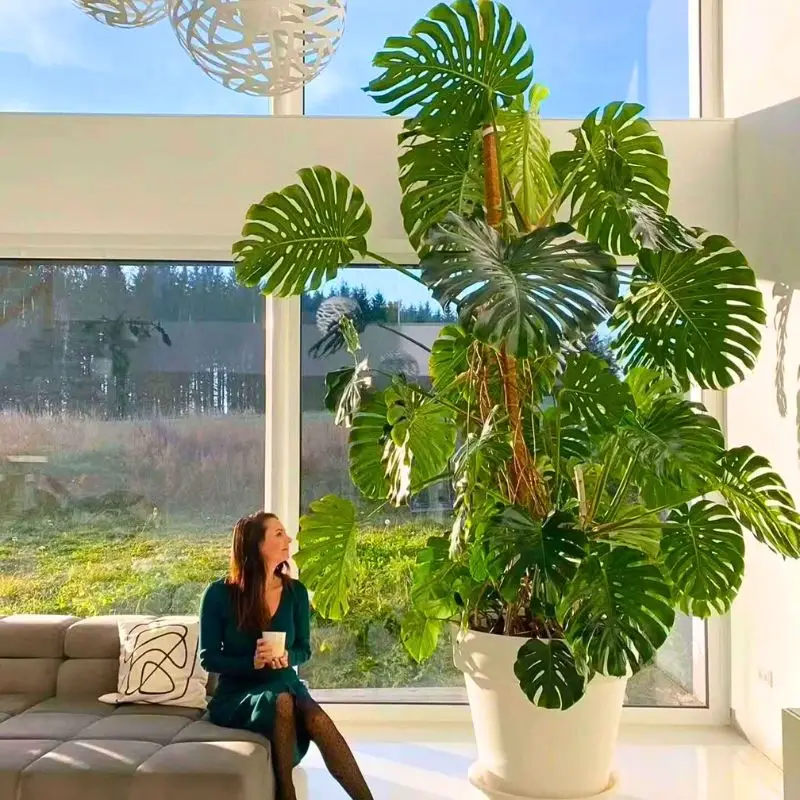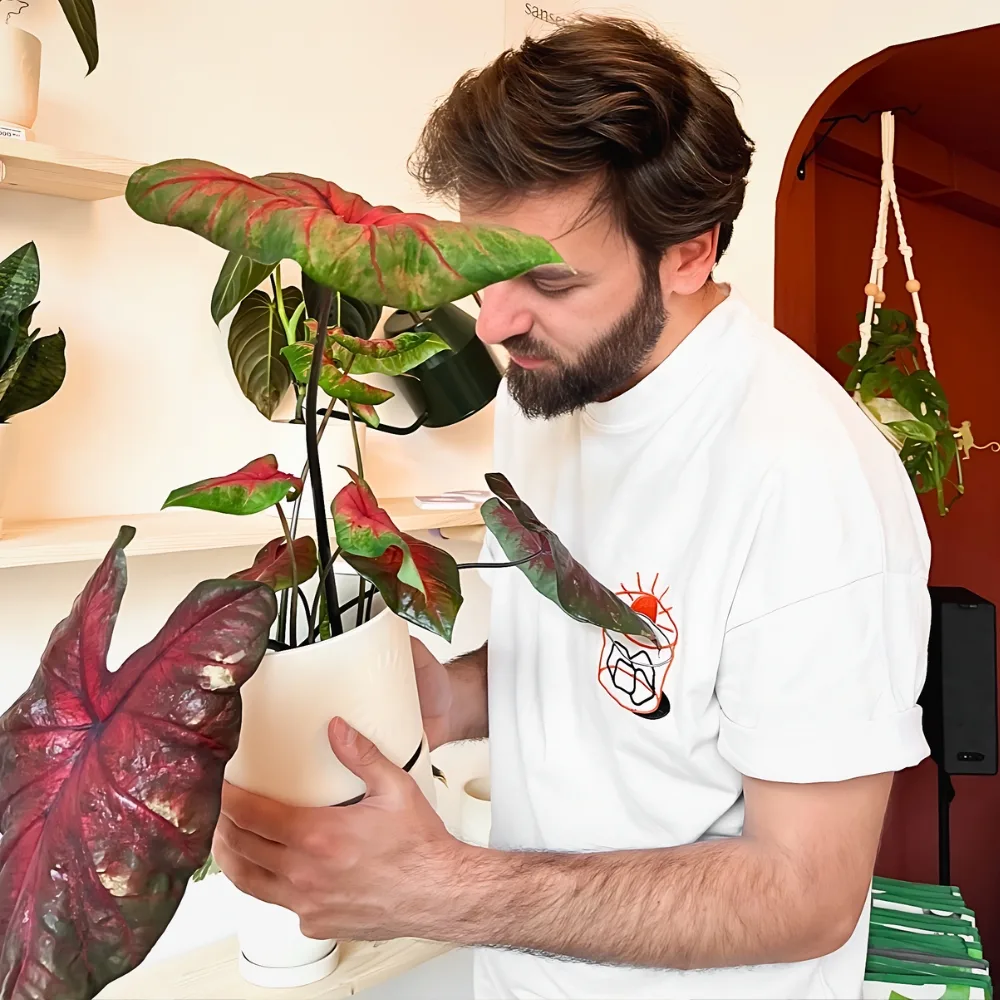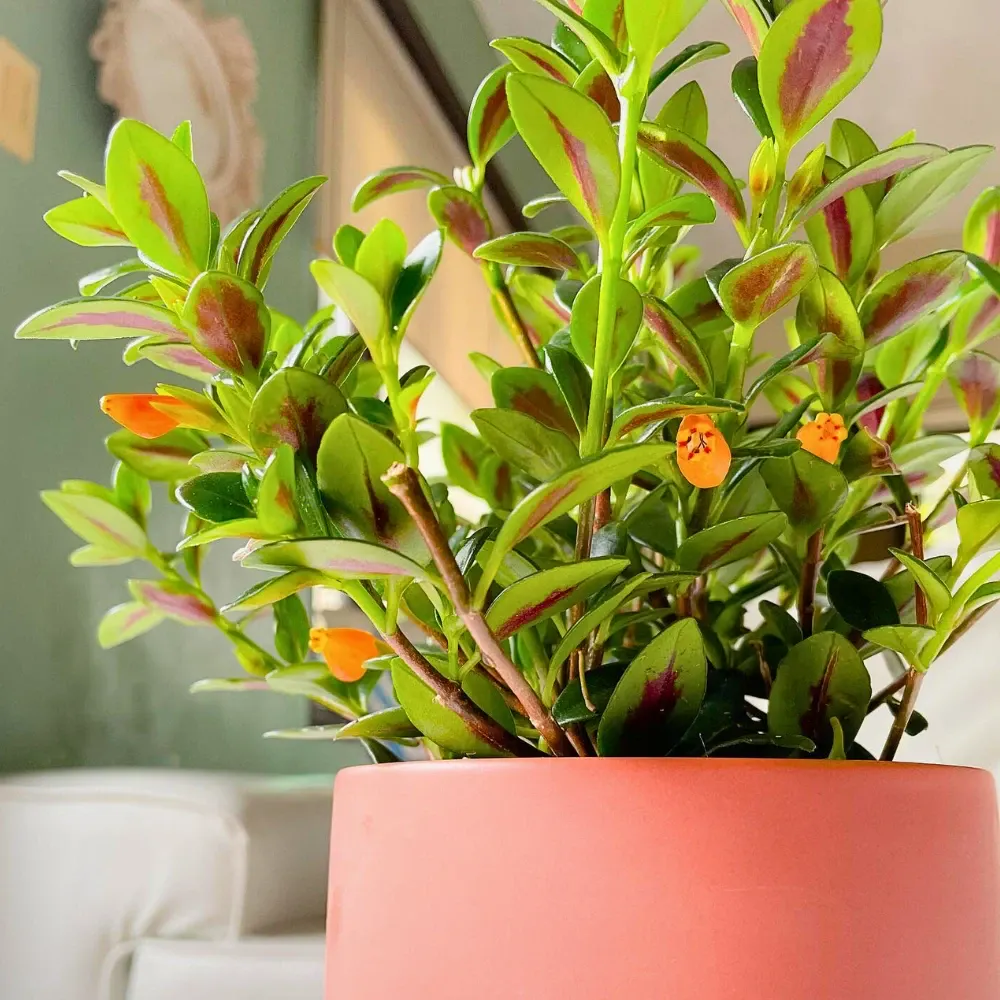The soaring vertical spaces of multi-story indoor atriums represent some of architecture's most dramatic achievements, transforming ordinary commercial buildings into breathtaking environments that capture light, movement, and human imagination. Creating true flow within these towering voids requires more than impressive height—it demands a masterful orchestration of elements that guide the eye, encourage movement, and foster seamless transitions between levels while maintaining visual coherence throughout the entire vertical experience.
You can find more knowledge here: AIM Architecture Turns Shopping Mall Atrium Into Indoor Jungle
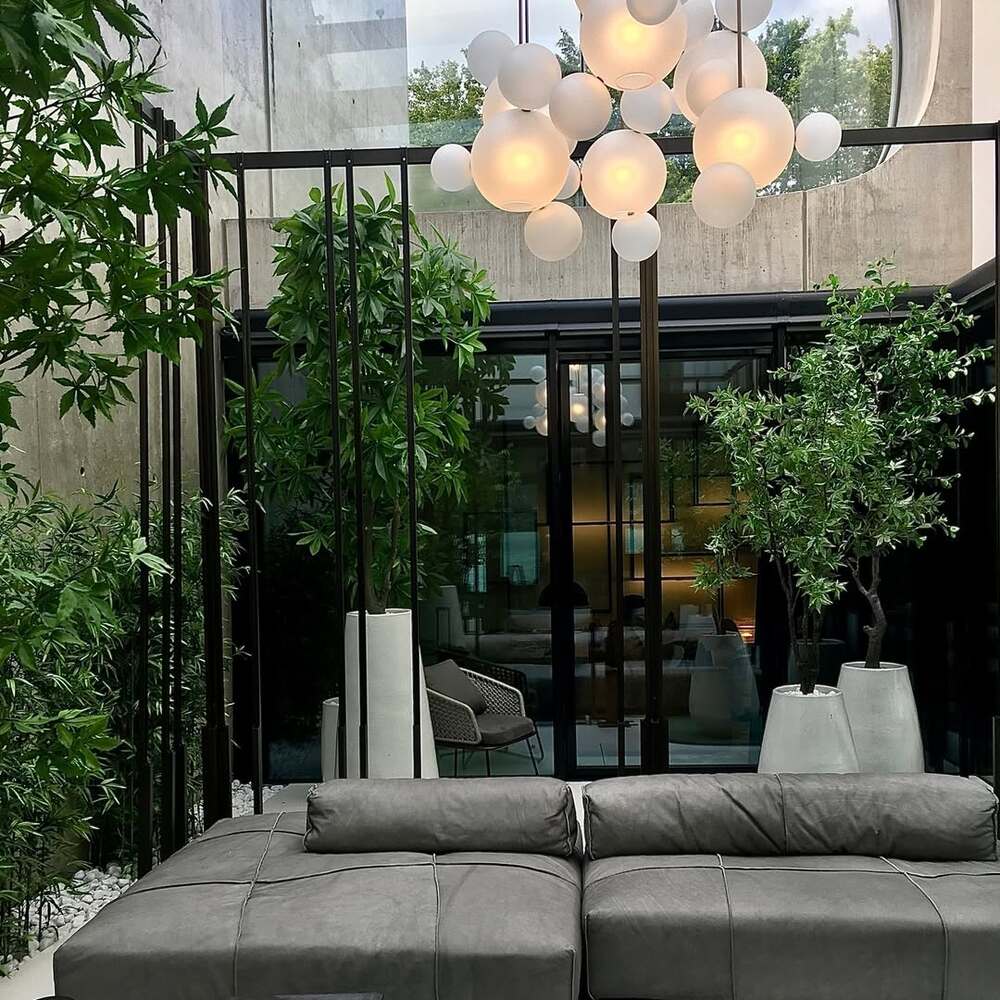
Understanding Vertical Circulation Dynamics
The foundation of atrium flow begins with how people naturally move through vertical spaces. Unlike horizontal circulation, vertical movement creates unique challenges as visitors experience these spaces in three dimensions simultaneously, with sightlines extending both upward and downward from any position. Successful atrium design creates a clear wayfinding that feels intuitive, allowing natural human behavior to guide design decisions.
Effective vertical circulation acknowledges the psychological impact of height and scale. People instinctively seek orientation points when navigating tall spaces, making it essential to provide regular reference points that help visitors understand their position within the larger volume. This includes distinctive architectural features at key levels, material or color changes that mark transitions, or carefully positioned amenities that serve as natural gathering points and navigation aids.
Strategic circulation elements like staircases can dramatically enhance the flow and functionality of multi-story indoor atriums by serving both practical and aesthetic purposes. Well-designed staircases become sculptural focal points while facilitating natural movement patterns, creating visual connections between levels, and establishing rhythm throughout the vertical space. The key lies in selecting the right staircase configuration, materials, and positioning to complement the atrium's overall design intent and traffic patterns. When planning such significant architectural elements, it's worthwhile to seek more information about custom staircases to find an option that perfectly fits your needs.

Establishing Visual Connectivity Between Levels
Visual connectivity serves as the invisible thread that weaves multiple stories into a cohesive spatial experience. The most successful interior atriums create strategic viewing opportunities that allow occupants on different levels to see and connect with activity above and below, making each level feel part of a larger whole rather than isolated horizontal planes.
Balcony projections, mezzanine overhangs, and strategically placed openings in floor plates all contribute to this connectivity. The art lies in balancing openness with privacy, ensuring visual connections enhance rather than compromise individual-level functionality. Successful designs incorporate varying degrees of visual permeability, with more open connections in public areas and discrete separations where privacy is required.
Lighting as a Flow Catalyst
Light serves as perhaps the most powerful tool for creating flow within atrium spaces. Natural light filtering down from skylights creates dramatic changes throughout the day, transforming the space's mood and providing natural rhythm that guides the occupant experience. This dynamic quality prevents static feeling and keeps spaces engaging.
Artificial lighting layers add another dimension, emphasizing circulation routes, highlighting architectural features, and creating focal points that draw movement through the space. Uplighting from lower levels creates spectacular effects as light bounces off upper surfaces, while positioned accent lighting guides the eye along intended sight lines. The interplay between natural and artificial sources should feel seamless, with artificial systems complementing rather than competing with daylight patterns.

Incorporating Movement and Activity
Static atriums fail to achieve true flow without the animating presence of human activity. Successful designs strategically place programs and amenities that naturally generate movement and create activity nodes throughout the vertical space. This might include cafés at circulation intersections, art installations that change perspective when viewed from different levels, or flexible spaces accommodating various gatherings.
The placement of activity generators requires careful consideration of functional and visual impact. Elements positioned too low may be overwhelmed by scale, while those too high become disconnected from ground-level activity. The most effective approach creates a hierarchy of activity nodes that populate the entire vertical volume with points of interest and engagement.
The Role of Interior Landscaping
Indoor plants have emerged as essential elements in creating vibrant atrium environments that support natural flow patterns. An interior atrium garden provides biophilic connections that reduce stress and improve air quality while creating natural gathering points and visual anchors that help orient visitors.
Low-maintenance species prove particularly valuable in these challenging environments. Peace lilies thrive in filtered light conditions while providing elegant white blooms that create focal points. Golden pothos cascades beautifully from elevated planters, creating natural vertical connections between floors. Dragon trees add sculptural interest, while Chinese evergreens offer colorful foliage in lower light conditions. For minimal natural light areas, ZZ plants provide reliable greenery, and bird's nest ferns add textural interest.

Material and Color Strategies
Materials and colors profoundly influence how flow is perceived and experienced. White walls serve as ideal backdrops that reflect and distribute natural light, creating bright, airy feelings. Dark window frames provide a striking contrast, defining openings and creating a visual rhythm that guides the eye through vertical composition. White oak floors bring warmth and natural texture while maintaining light-reflective qualities essential for these environments. The wood's natural grain patterns create subtle wayfinding cues.
Strategic material transitions can guide circulation patterns, with flooring changes naturally indicating movement between zones without requiring obvious barriers.
Creating Seamless Indoor-Outdoor Connections
Contemporary atriums often function as transitional spaces, blurring interior-exterior boundaries. Large glazed openings and strategic material choices create great room environments that feel expansive and connected to surroundings. By incorporating natural materials, abundant plantings, and generous daylight, designers create interior spaces that feel like outdoor courtyards while providing climate control and year-round accessibility.
Advanced ventilation systems and operable elements further enhance this indoor-outdoor fluidity by allowing occupants to modulate environmental conditions based on seasonal preferences and activities. Retractable roof panels, moveable glass walls, and automated louver systems enable spaces to transform from fully enclosed environments during inclement weather to semi-open pavilions that capture natural breezes and extend usable seasons. These adaptable features, combined with thoughtful integration of water elements and native vegetation that thrive in both indoor and transitional conditions, create dynamic environments that respond to both human needs and natural rhythms throughout the year.

Creating Flow
Creating flow within multi-story indoor atriums represents one of architecture's most complex challenges, requiring three-dimensional thinking while considering psychological and experiential impact. When vertical circulation, visual connectivity, lighting, activity, landscaping, and materials work in harmony, the result transcends impressive architecture to create spatial experiences that elevate the human spirit and demonstrate thoughtful design's transformative power.

